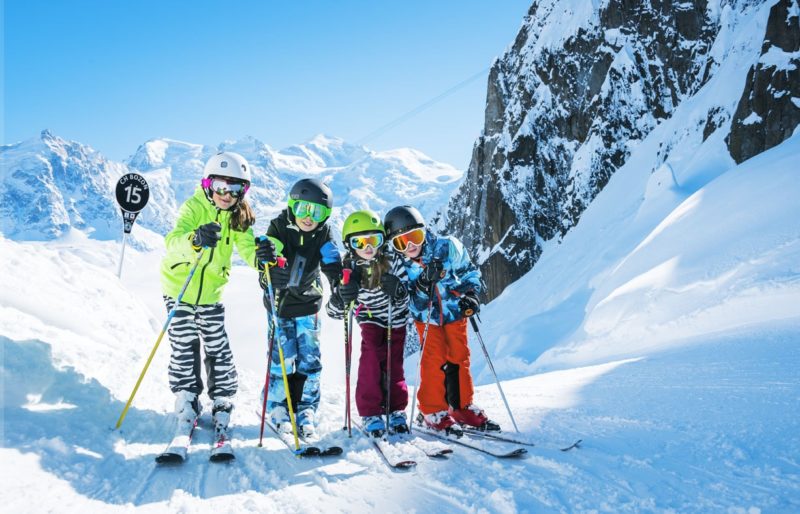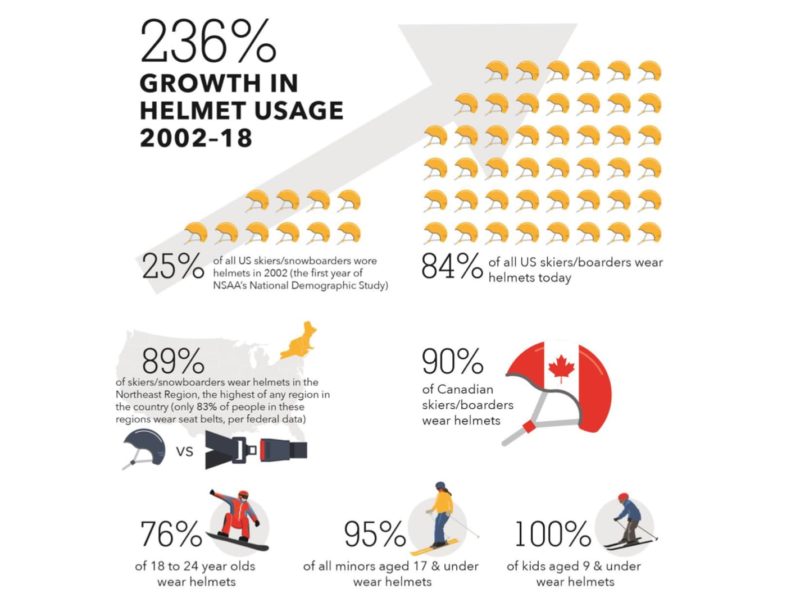
Most parents who are avid skiers or snowboarders want their children to partake in the sport as well. It is a great way to keep kids active and introduce them to a sport they will love for the rest of their lives. However, the risks involved with winter sports, especially for young children, should be taken into consideration. Injuries, whether they be minor or severe, seem to be synonymous with skiing and snowboarding.
A recent study presented by the American Academy of Pediatrics found that ski injuries in small children are more likely to involve fractures to the head or face. Over half of hospitalized children needed surgical intervention and those who were of elementary school age had significantly greater odds to receive a skull fracture than children of high school age.
“We were interested to find that the type of injuries children had varied according to their age, and we believe these findings can better inform educational and legislative efforts aimed at reducing injuries in children who participate in winter sports,” said Robert J. McLoughlin, MD, MSCI.

There are injury risks that come along with every sport, and that does not necessarily mean children should be sheltered from those sports. Luckily, the percentage of helmet use is at an all-time high, and helmets are proven to reduce the risk of head injuries. According to the NSAA, 95% of all minors in the U.S. wear helmets, and 100% of kids under the age of 10 wear helmets when skiing and snowboarding.
A different study completed in Colorado in 2016 showed the benefits of helmet usage for pediatric skiers and snowboarders. Of the patients admitted to the ICU at a level 1 pediatric trauma center in Colorado, the helmeted skiers and snowboarders had significantly lower injury severity scores (ISS), and Abbreviated Injury Severity (AIS) scores compared to the unhelmeted patients.